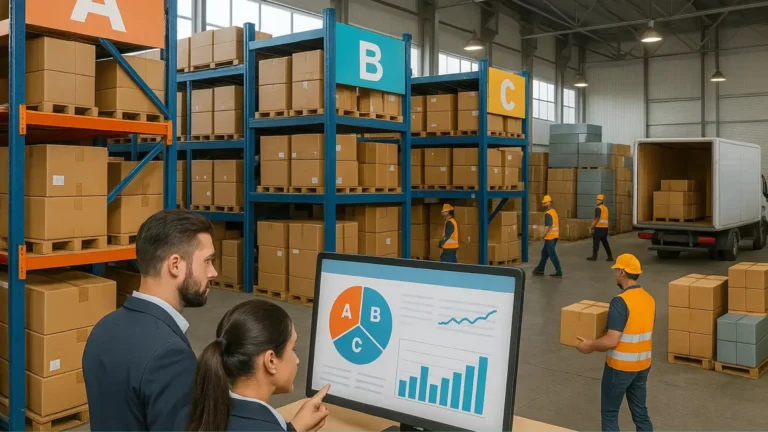Cybersecurity Threats in Telecom: Strategic Measures for Leaders

Cybersecurity Threats in Telecom
Telecom networks are the digital arteries of modern life. From powering 5G to enabling financial transactions, healthcare systems, and national security, telecom operators hold the infrastructure that everything else depends on.
But with this centrality comes risk: cyberattacks on telecom are no longer hypothetical—they are inevitable.
The real question is: are leaders, including teams leveraging platforms like TelcoEdge, positioning cybersecurity as a core business strategy, or still treating it as a back-office IT issue?
What Cybersecurity Threats Are Telecom Leaders Facing Today?
Telecom is a prime target because it combines massive data volumes, critical infrastructure, and millions of entry points through customer devices. The threats are not one-dimensional—they’re layered, sophisticated, and constantly evolving:
- DDoS Attacks – Flooding networks until services collapse. For telecom, this doesn’t just mean downtime—it means millions of customers offline, regulatory complaints, and competitor advantage.
- SIM Swapping & Identity Fraud – Criminals exploit mobile accounts to bypass two-factor authentication, targeting banks, e-commerce, and critical apps. The reputational hit lands squarely on the telecom provider.
- Supply Chain Exploits – Vulnerabilities hidden in vendor hardware, cloud systems, and open APIs create back doors attackers can exploit long after contracts are signed.
- Ransomware & Malware – Threat actors encrypt vital systems, demanding payouts to restore access. For telecoms, this could mean entire networks paralyzed.
- Espionage & Nation-State Attacks – State-backed actors view telecom as a strategic target, aiming to infiltrate national infrastructure and surveillance capabilities.
These are not isolated risks—they are systemic vulnerabilities that expose both the operator and the industries that rely on its networks.
Given the complexity and scale of these threats, telecom leaders are increasingly turning to AI in enhancing cyber threat intelligence to anticipate attacks, identify patterns, and respond proactively. Explore how AI in Enhancing Cyber Threat Intelligence
Why Are Consequences for Telecom CEOs So Severe?
Telecom is unlike any other industry: when it fails, entire ecosystems fail. That’s why cybersecurity failures in this space carry outsized consequences.
- Service Outages → Customer Trust Collapse: If millions lose connectivity, trust erodes overnight, and churn spikes.
- Regulatory Penalties → Financial Strain: Non-compliance with GDPR, CCPA, or telecom-specific privacy laws can trigger multimillion-dollar fines.
- Financial Losses → Long-Term Erosion: Beyond ransom demands, downtime costs, and lawsuits, the long tail includes reduced investor confidence.
- Brand Damage → Competitive Weakness: Trust is now the biggest currency in telecom. One breach can send subscribers straight to competitors.
Ask yourself: what happens to market position when your network is no longer seen as safe? The fallout isn’t just operational—it’s existential.
What Strategic Measures Must Leaders Prioritize Now?
Defending against telecom threats requires more than incremental upgrades. It isn’t about buying more tools—it’s about building the right capabilities, embedded at the leadership level.
- Zero Trust Architecture – Stop assuming internal systems are safe. Every device, API, and user must be continuously verified.
- AI-Driven Threat Detection – Traditional defenses react too slowly. AI can detect anomalies in real time, predicting and neutralizing attacks before they spread.
- Supply Chain Security – From equipment vendors to cloud providers, every third party is a potential weak link. Leaders must enforce audits, certifications, and continuous monitoring.
- Incident Response Readiness – The reality isn’t if but when. A tested, board-approved response playbook minimizes downtime and reputational fallout.
- Cross-Functional Cyber Governance – Security can’t live in the CTO’s office alone. CEOs must demand integration of cyber resilience across finance, operations, legal, and compliance.
- Customer-Centric Security – Proactive alerts, transparent communications, and secure-by-design services strengthen customer loyalty while mitigating reputational risk.
This isn’t a technical roadmap—it’s an executive agenda.
For leaders aiming to stay ahead of rapidly evolving threats, understanding how AI-powered cyber attacks work—and how to defend against them—is critical. Learn more about AI-Powered Cyber Attacks
and strategies to safeguard your organization.
The Bottom Line
Cybersecurity in telecom isn’t a back-office issue; it’s a boardroom priority. The speed of attacks is accelerating, and regulators, investors, and customers are watching closely. Leaders who embed resilience into strategy will not only defend their networks but transform security into a competitive differentiator. Those who delay? They’ll be remembered for failures that defined their tenure.






